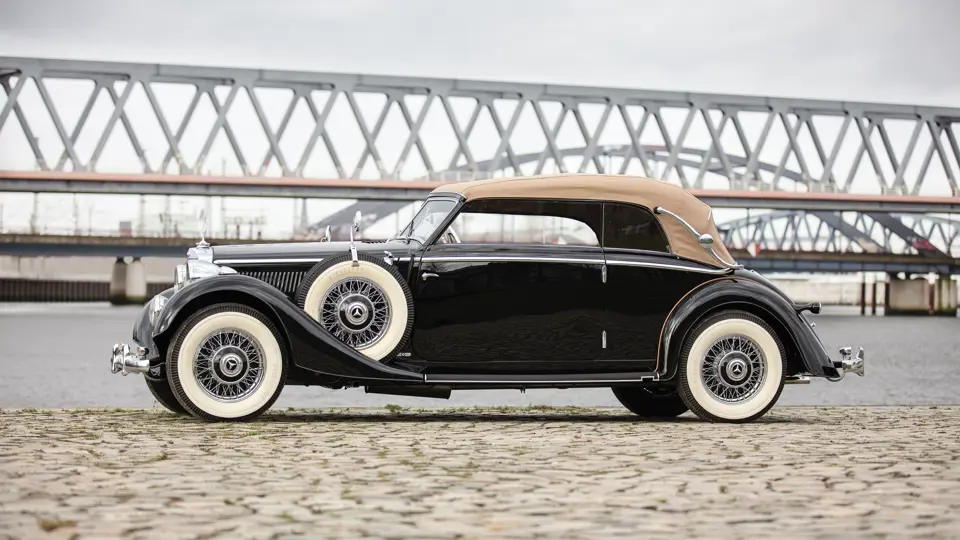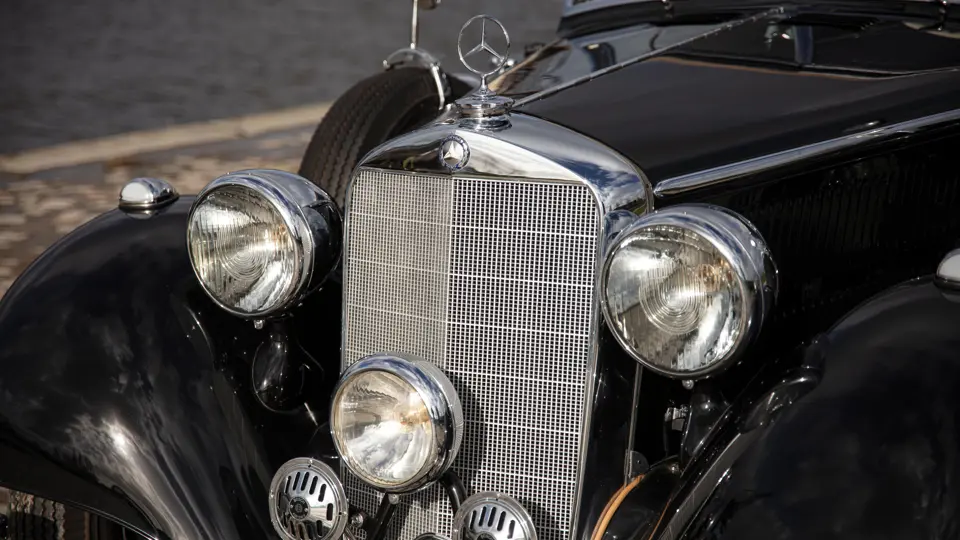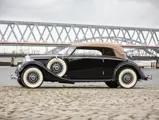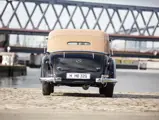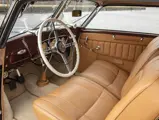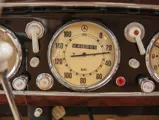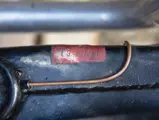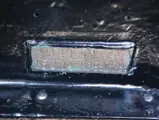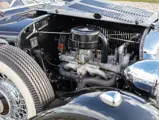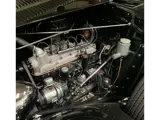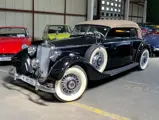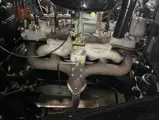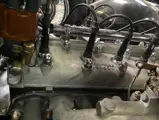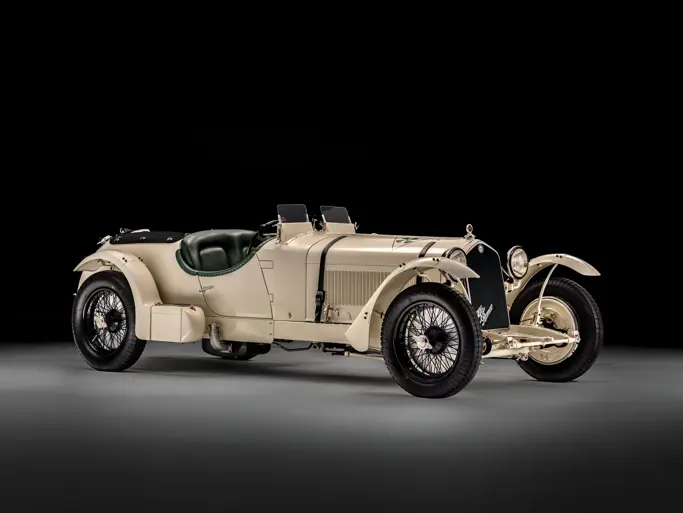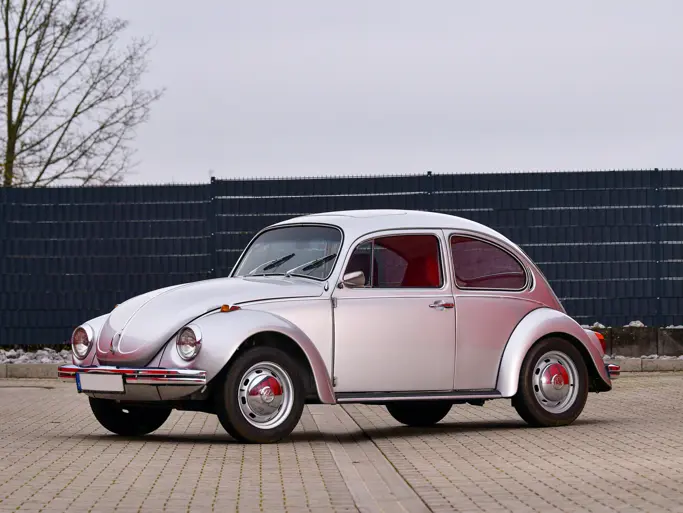
1938 Mercedes-Benz 320 Cabriolet B
{{lr.item.text}}
€335,500 EUR | Sold
{{bidding.lot.reserveStatusFormatted}}
- Very rare documented example manufactured in Mannheim, Germany
- Originally purchased in 1938 for Swedish royalty
- Unbroken record of Swedish ownership before, during, and after World War II
- Exceptional restoration of very complete and well-maintained original car
Please note that this lot will need to be collected from Reutlingen, Germany.
During the period between the merger of Daimler and Benz in 1926 and the outbreak of World War II, Mercedes-Benz cars were produced for three general customer classes: an affordable range for commercial and personal use; a medium-level range for well-off professionals, business managers, and mid-range government officials; and then, of course, the iconic coachbuilt 500 and 540K range made for the very wealthy and influential.
Many of the mid-range automobiles were built at the pre-merger Benz and Company Mannheim works. The 290 model range, including sedans, two- and four-passenger cabriolets, and roadsters, with a 2.9-litre, six-cylinder side-valve engine producing 22.6 horsepower. Though very attractive and well-suited to its customers’ needs, the 290 was notably underpowered. In 1938 the model 320 was introduced, built on the same chassis frame as the 290 but with more than triple the horsepower from a completely redesigned engine, and with longer, wider coachwork that offered considerably more luxury and comfort.
This four-passenger 320 Cabriolet B was produced in 1938 and first owned by German-born HRH Princess Sibylla of Saxe-Coburg, wife of Prince Gustaf Adolf and mother of the future King Carl XVI Gustaf of Sweden. The first registration was in Västerbotten province, where she and her husband ruled as Duke and Duchess. Because of the family’s connections, the car remained in use by them throughout World War II. The car was re-registered in Sweden on 18 September 1942, 2 November and 6 December 1950, and 10 September 1956, and documentation tracing these registrations is on file.
Only 5,189 320s were produced at Mannheim during the period of 1937 –42. Even the existence, much less the continuous registration, of any Mercedes-Benzes produced at Mannheim, even less so the cabriolets, is unusual because of their relative lack of importance during World War II, which led them to be conscripted by the Wehrmacht or consigned to scrap use. Even most examples of the unusual body styles like this cabriolet that appear on the market today cannot be validated as original because of the destruction of the Mannheim factory with all its production records early in the Second World War, making it a very desirable acquisition.
The vehicle has recently been comprehensively restored by specialists to the highest-quality standards of originality, visual appeal, and reliability. Extensive pictures of the restoration are available. Given the rarity of the Mannheim cabriolets, this vehicle would be an important addition to a Mercedes-Benz collection, but with its condition, reliability, performance capability, and comfort, it would be an excellent conveyance in high-end classic car tours.





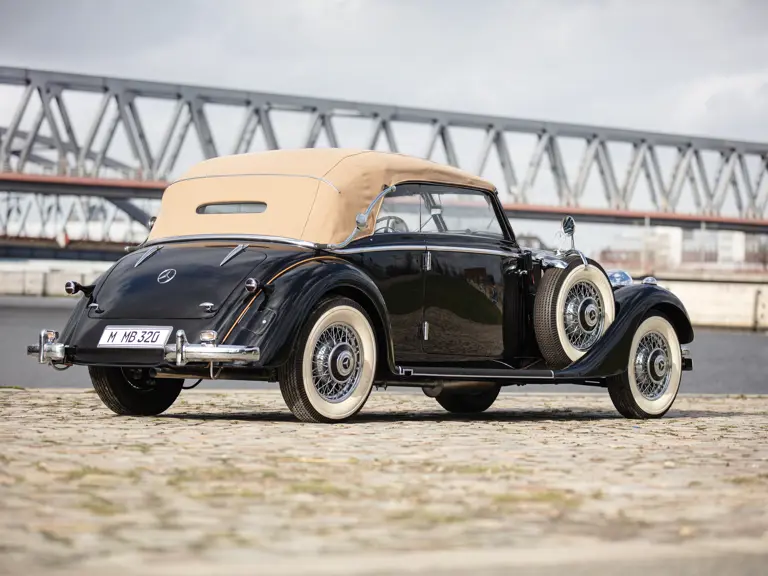

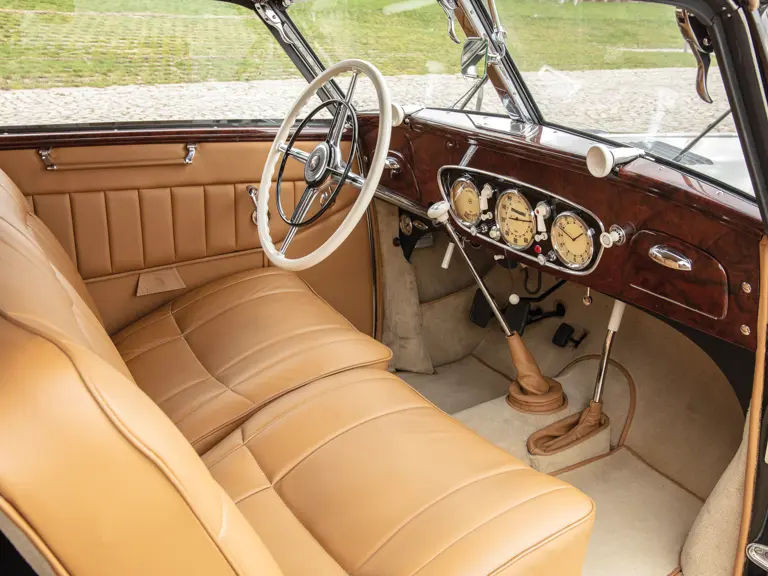
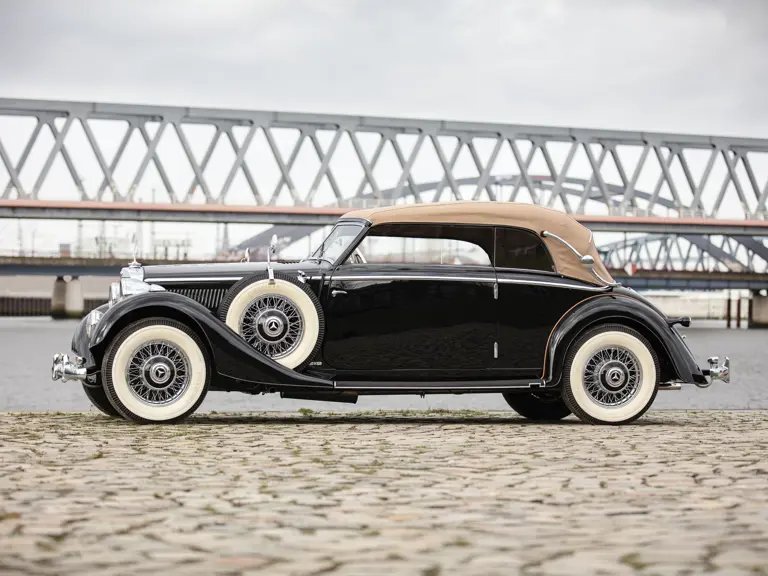
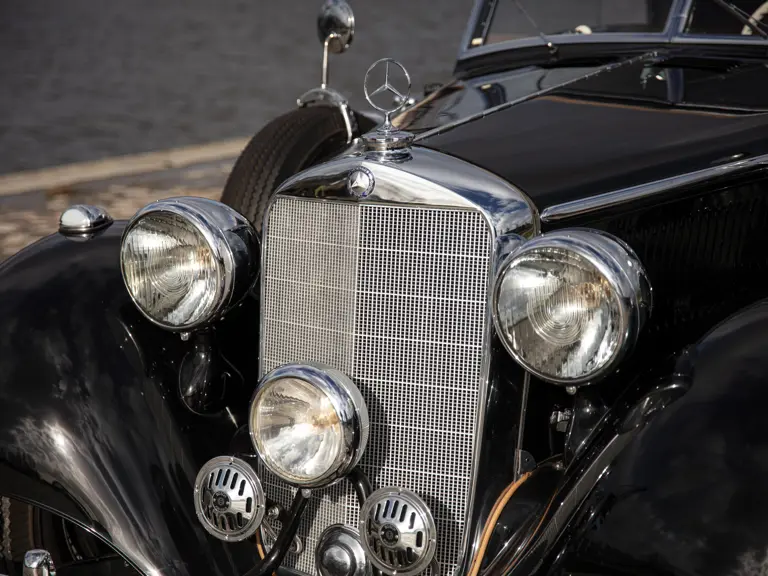
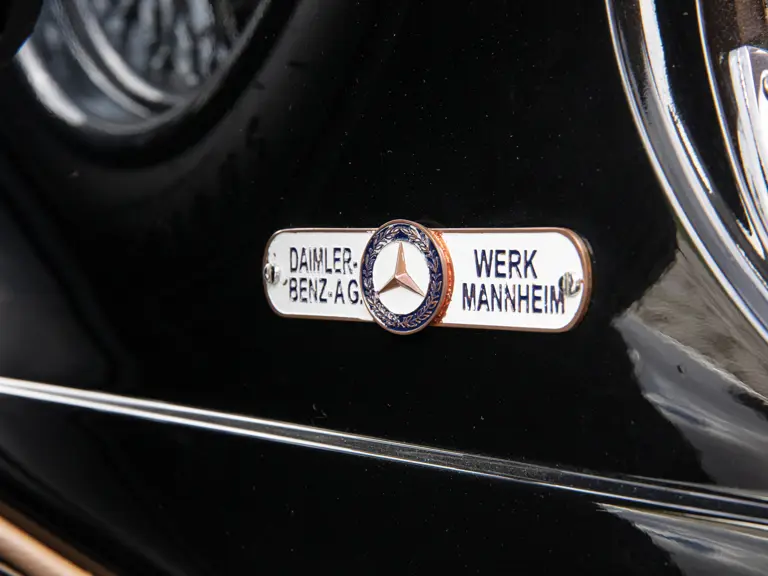

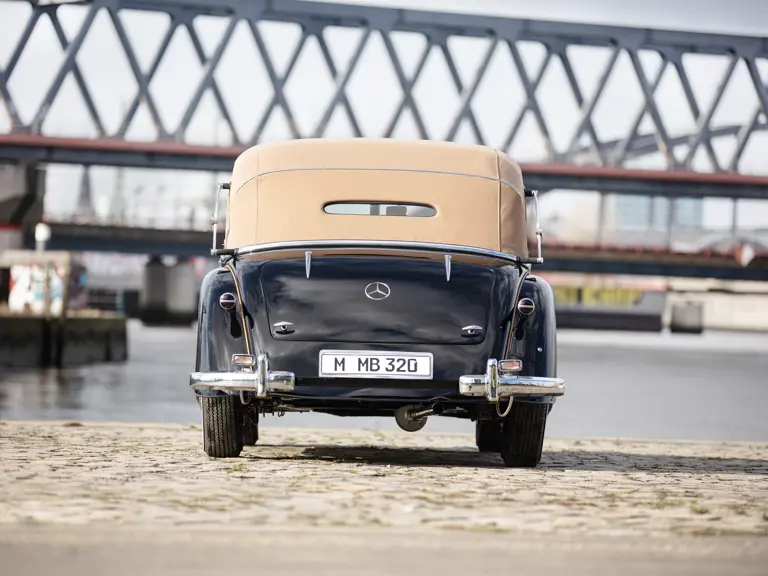

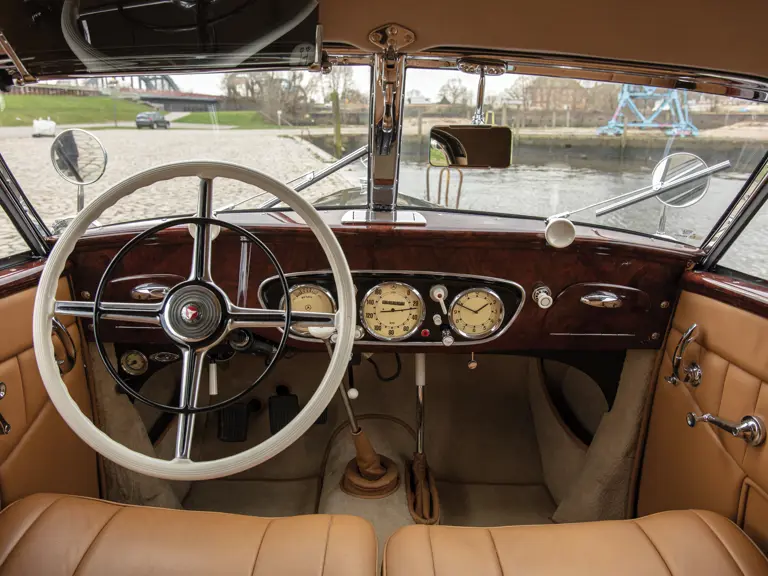

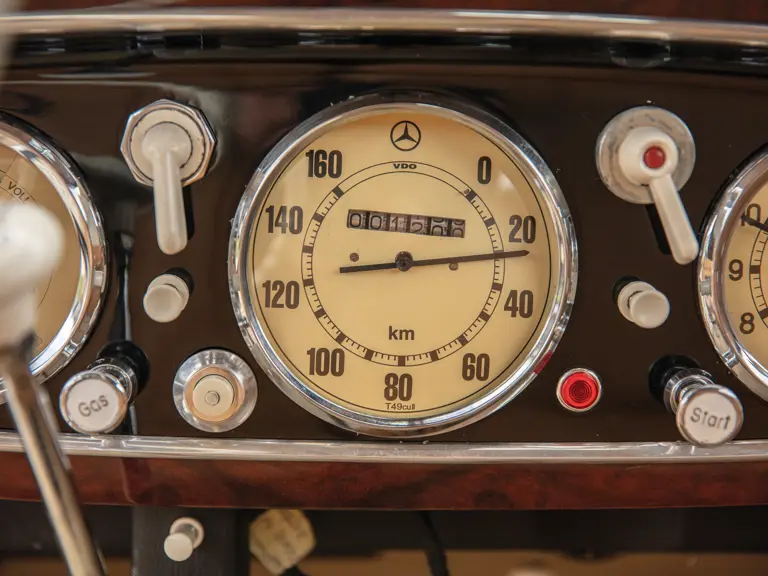
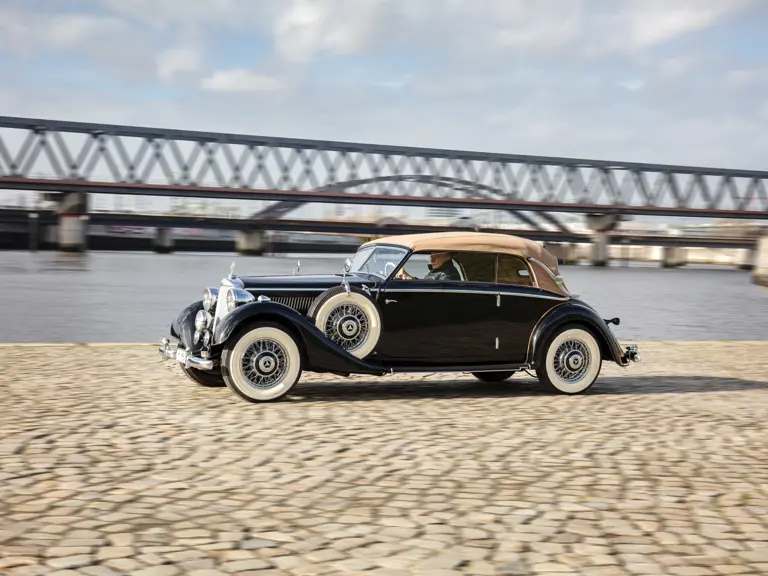
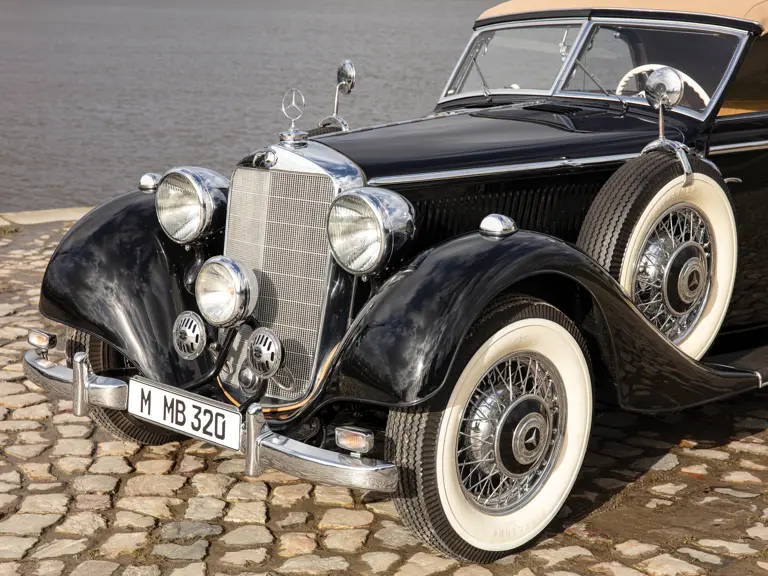

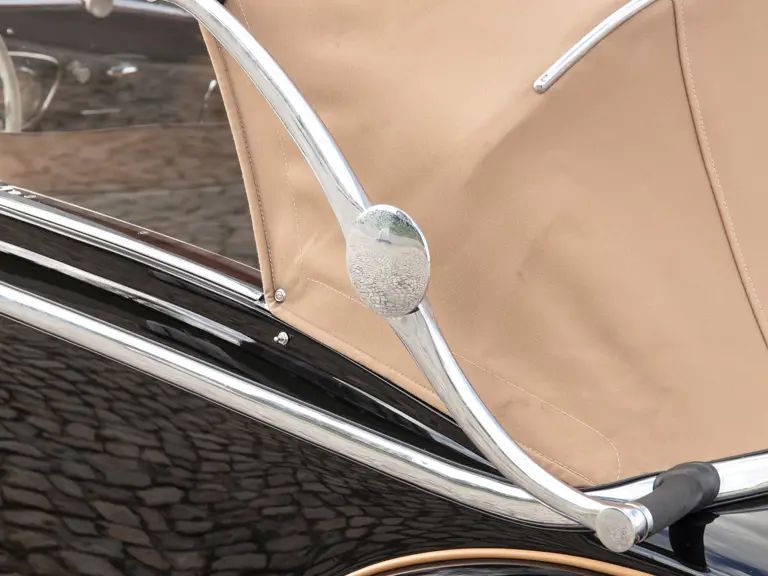



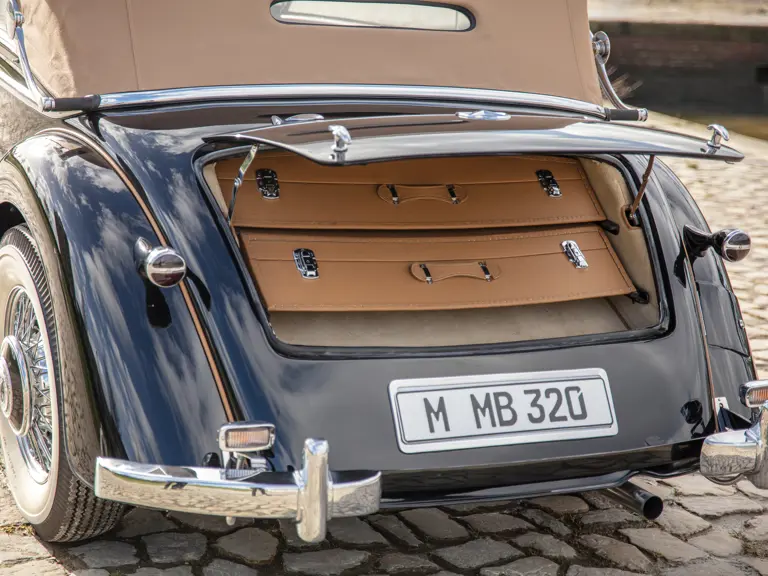

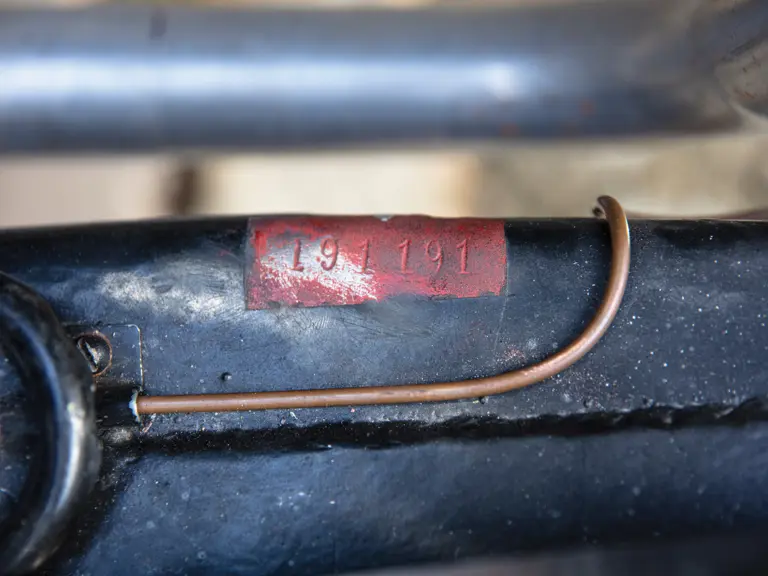


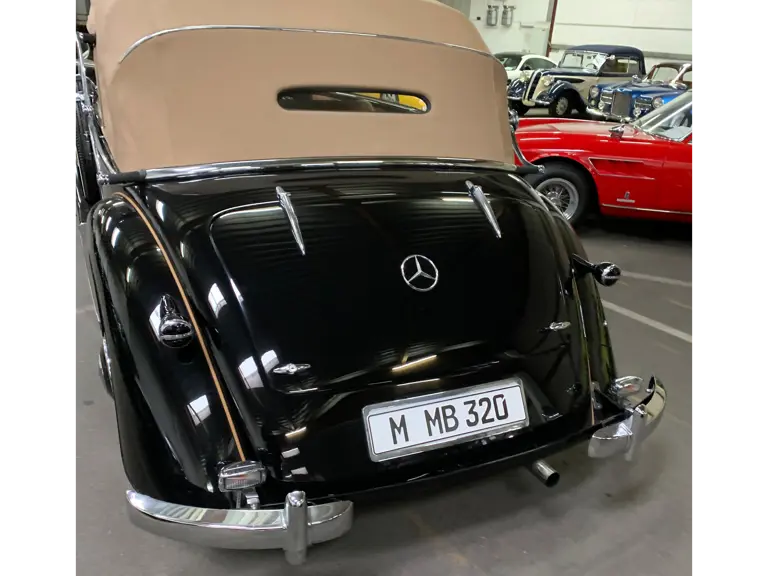
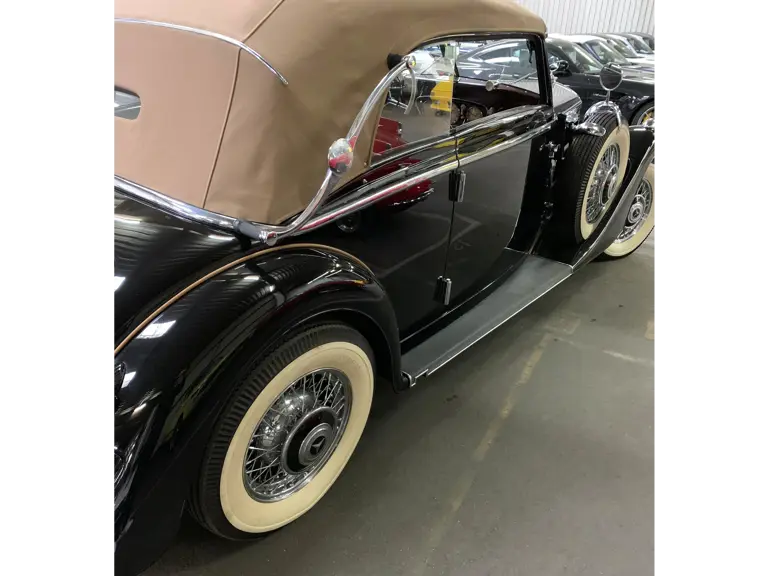
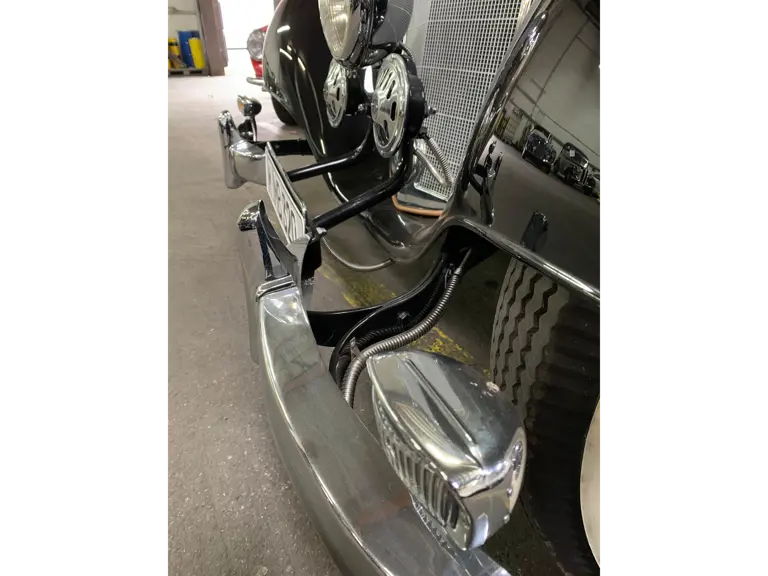
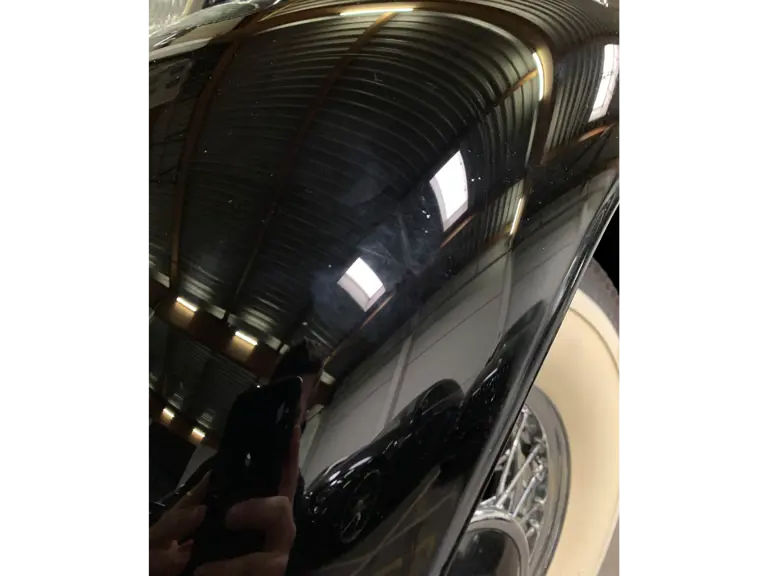




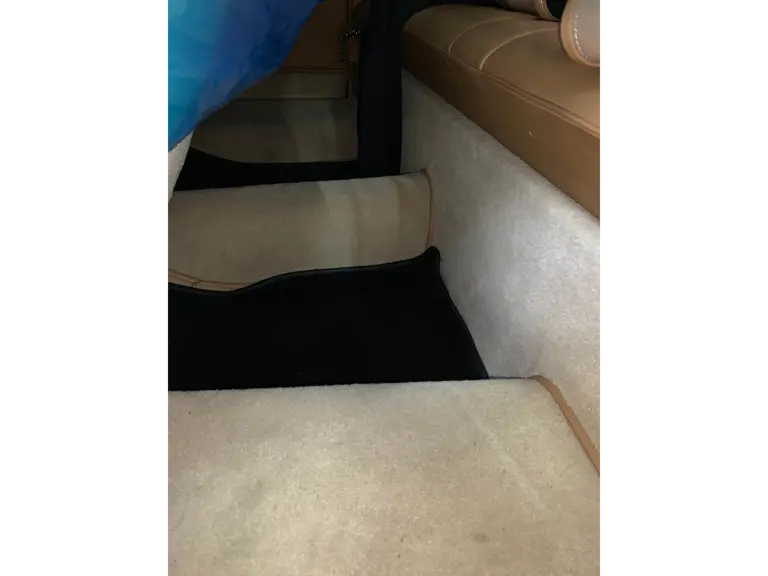
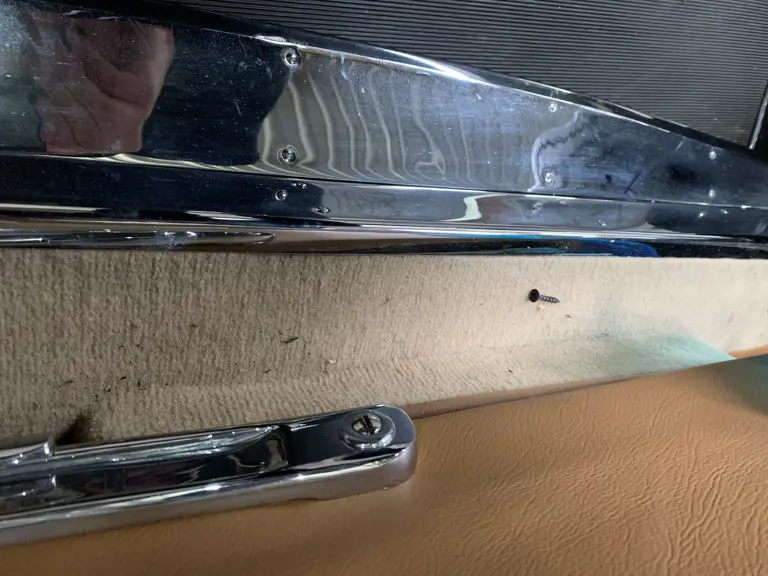
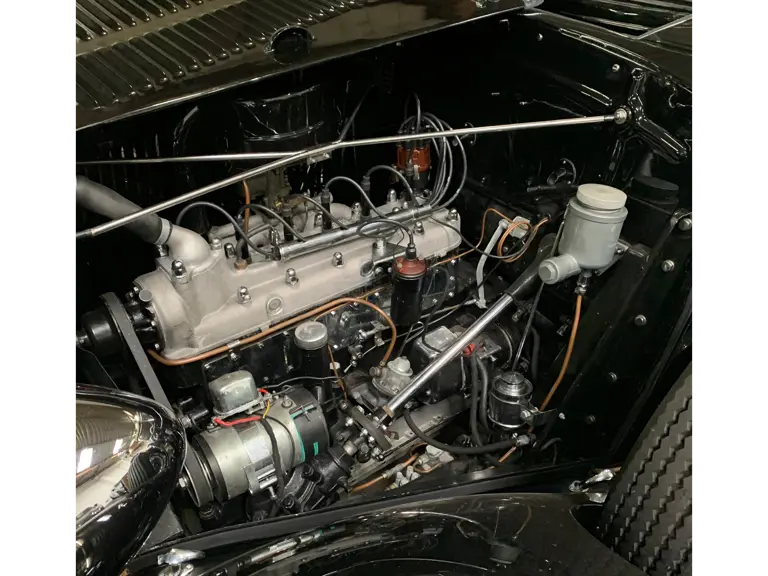
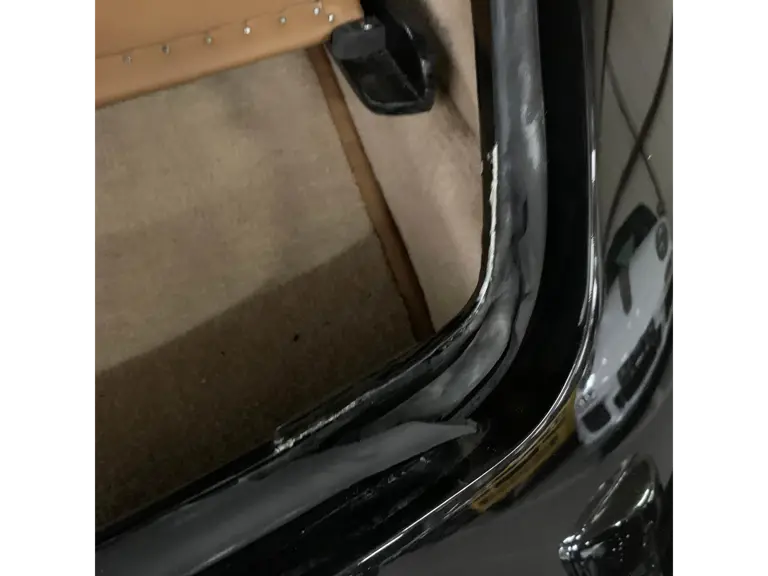
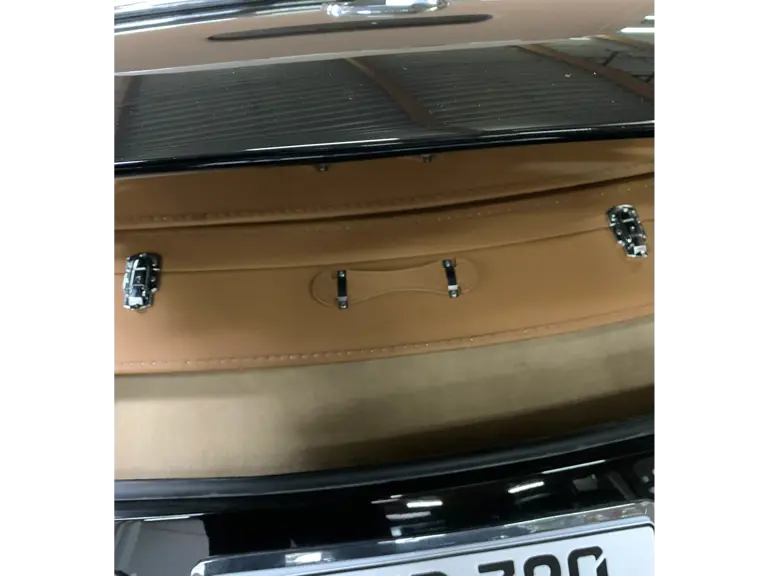
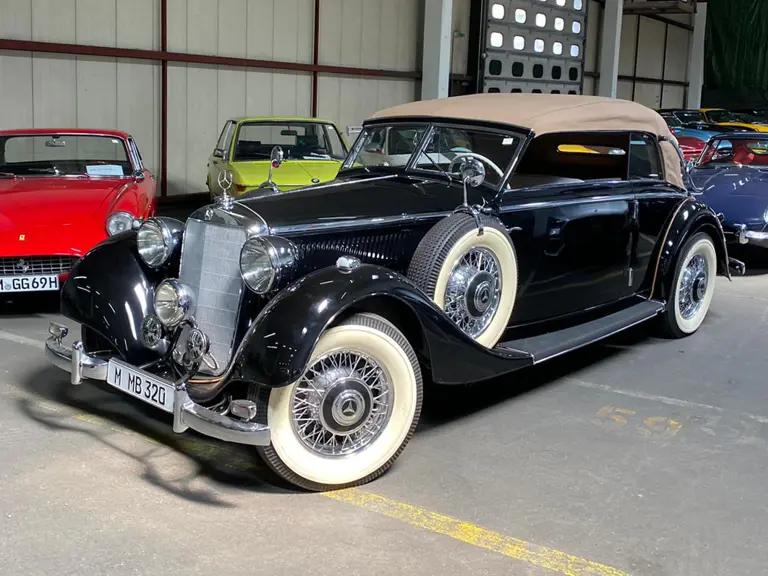
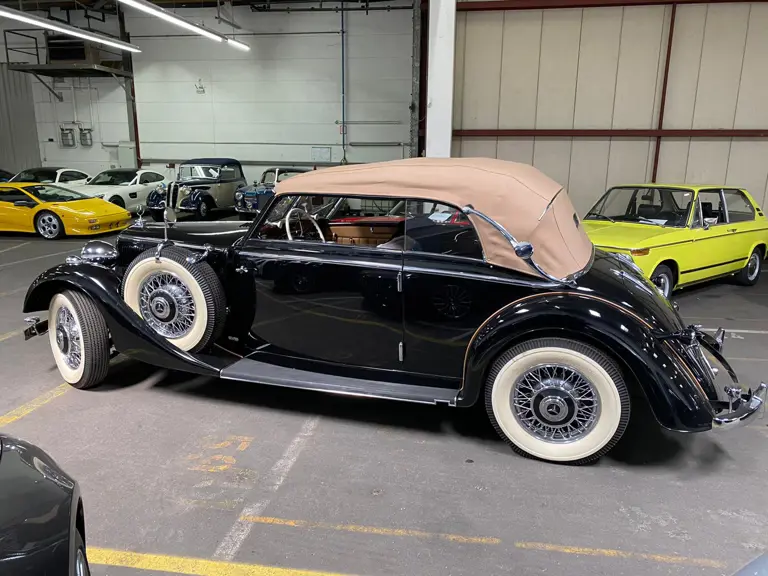

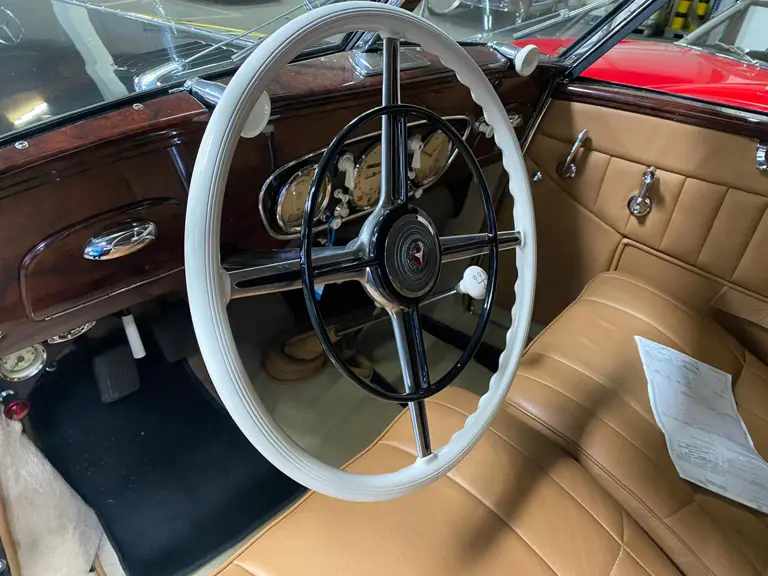
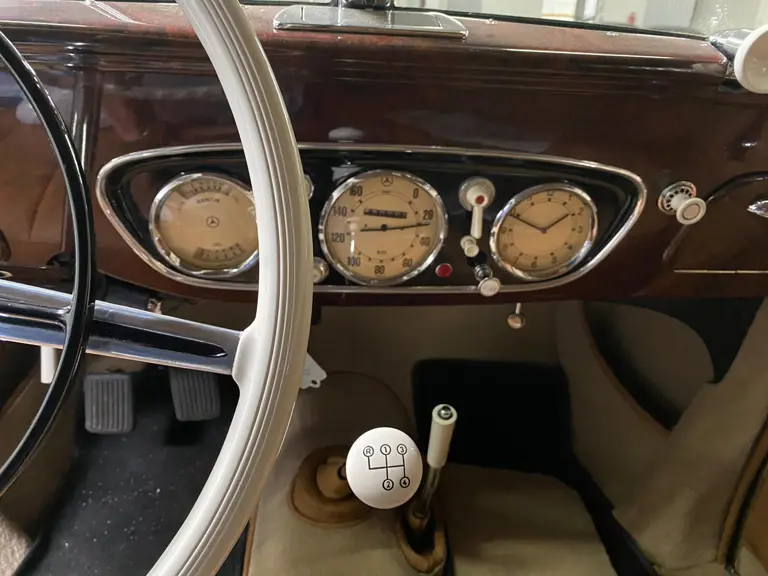
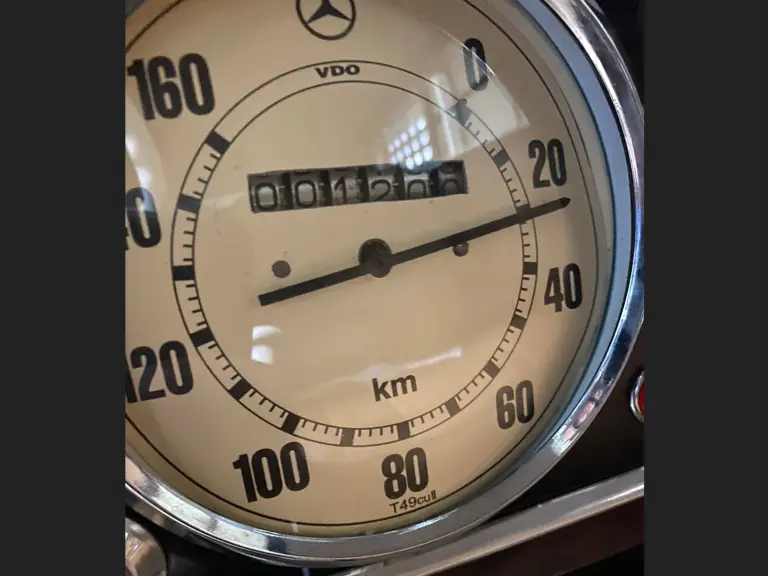
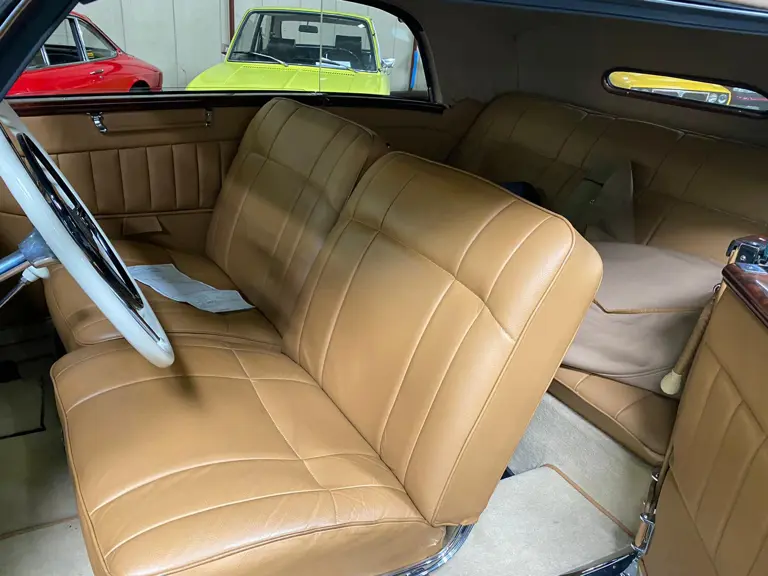

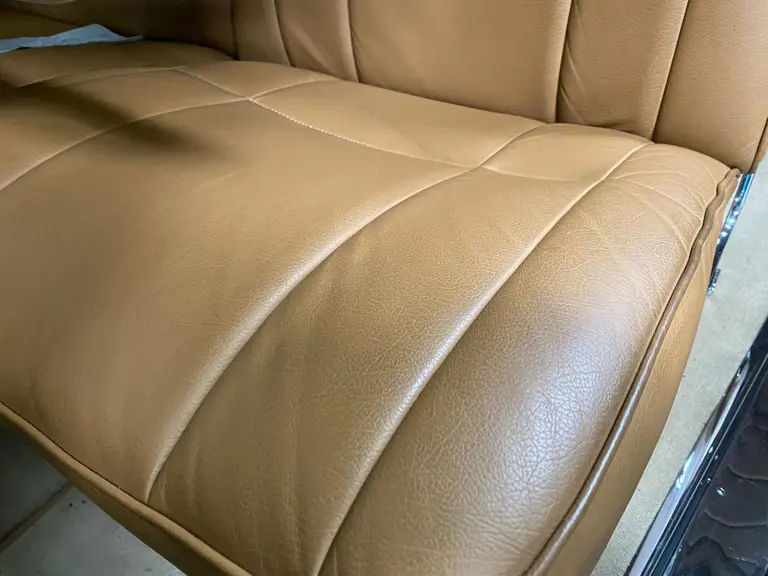
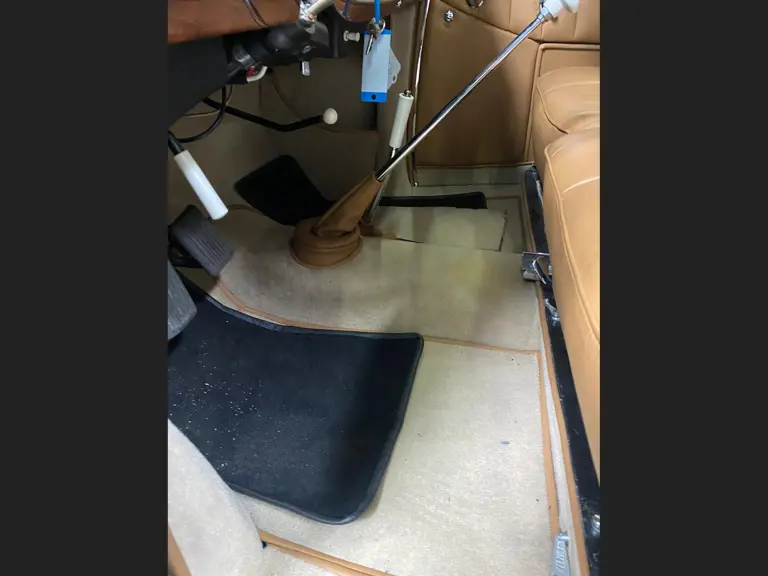

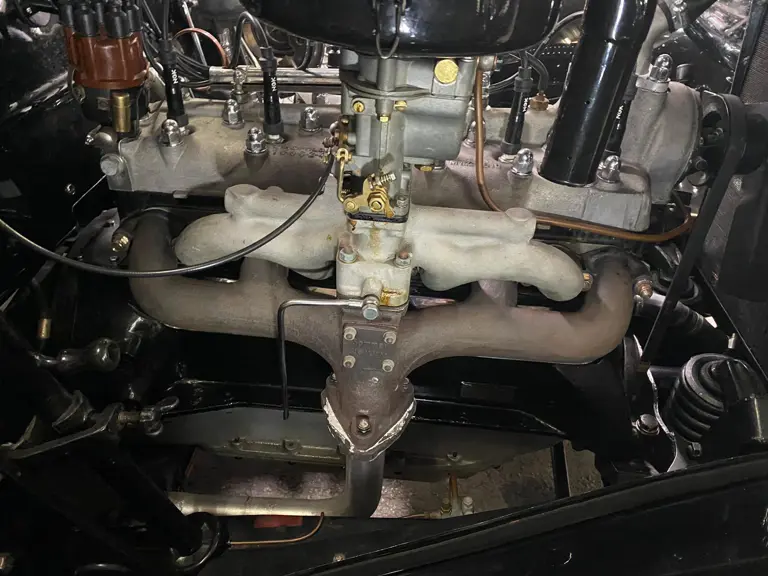
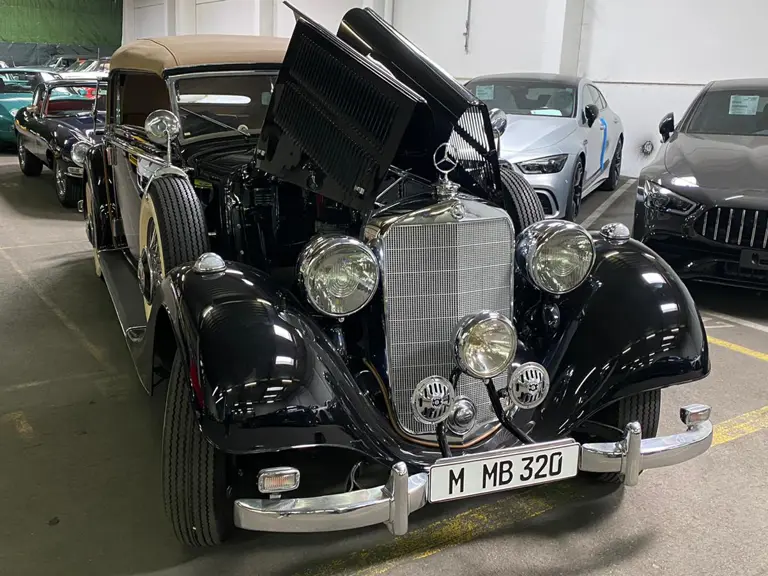

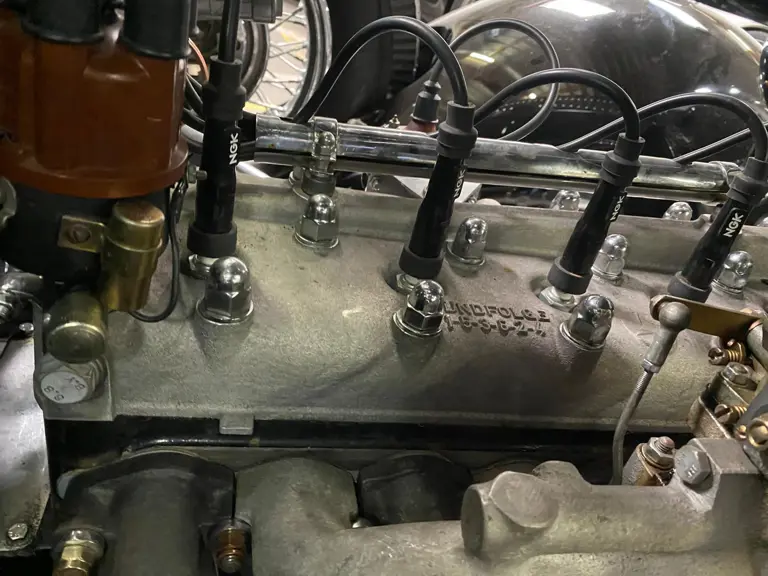
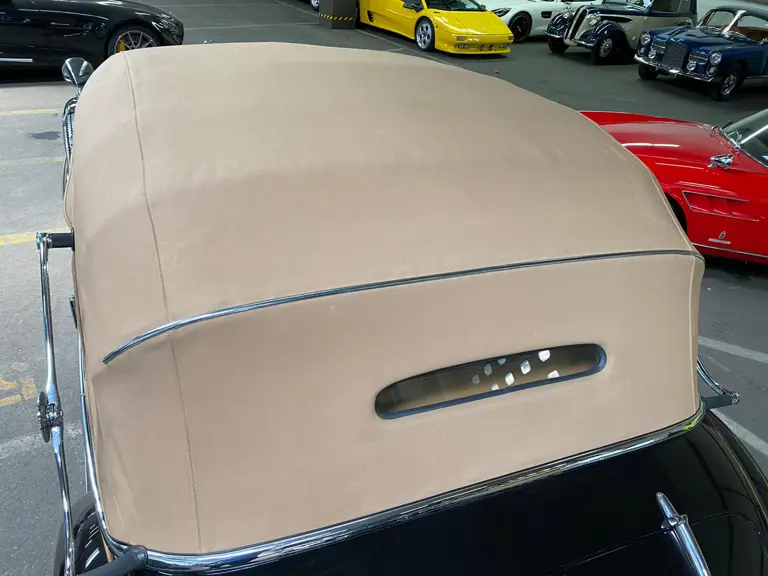
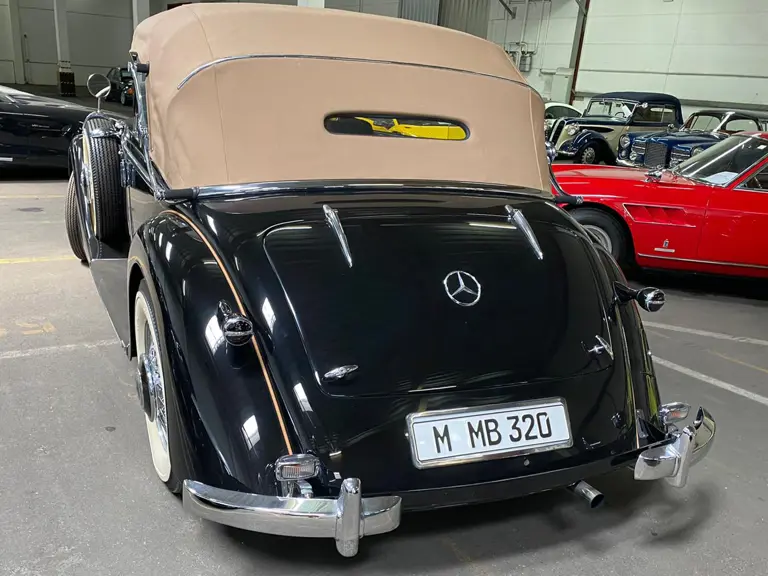

 | Germany
| Germany
